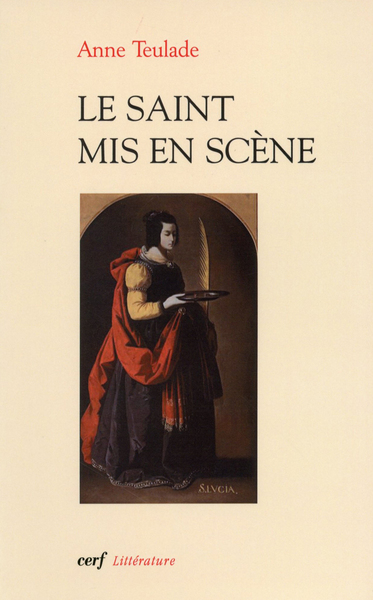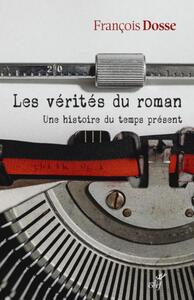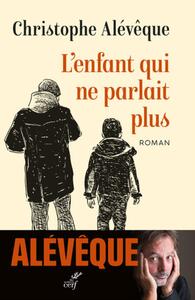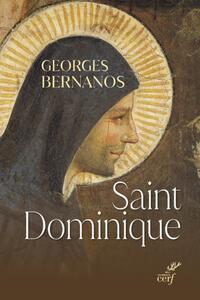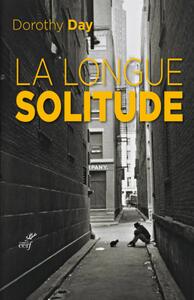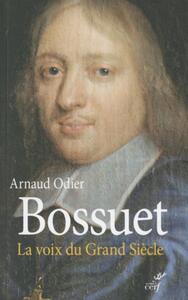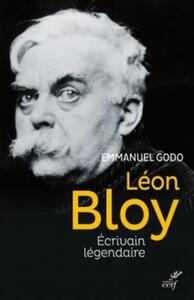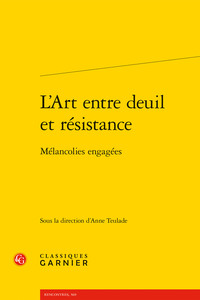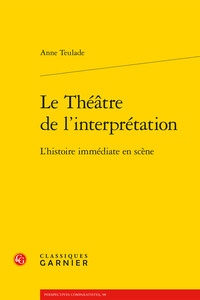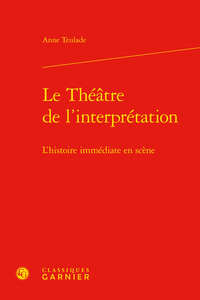Nous utilisons des cookies pour améliorer votre expérience. Pour nous conformer à la nouvelle directive sur la vie privée, nous devons demander votre consentement à l’utilisation de ces cookies. En savoir plus.
Le Saint mis en scène
EAN : 9782204097543
Paru le : 22 août 2012
-
 Livraison gratuite
Livraison gratuite
en France sans minimum
de commande -
 Manquants maintenus
Manquants maintenus
en commande
automatiquement -
 Un interlocuteur
Un interlocuteur
unique pour toutes
vos commandes -
 Toutes les licences
Toutes les licences
numériques du marché
au tarif éditeur -
 Assistance téléphonique
Assistance téléphonique
personalisée sur le
numérique -
 Service client
Service client
Du Lundi au vendredi
de 9h à 18h
- EAN13 : 9782204097543
- Réf. éditeur : 776076
- Collection : LITTERATURE
- Editeur : Cerf
- Date Parution : 22 août 2012
- Disponibilite : Disponible
- Barème de remise : NS
- Format : H:217 mm L:135 mm E:17 mm
- Poids : 316gr
- Interdit de retour : Retour interdit
-
Résumé :
Le genre hagiographique est plutôt méconnu en France. En revanche, il est très répandu en Espagne. La connaissance qu'Anne Teulade a de l'univers hispanique lui permet de mener une enquête intéressante et novatrice, qui interroge les limites du représentable au théâtre, en particulier en ce qui concerne la sainteté. La sainteté, en effet, ne semble pas se prêter aisément à la mise en scène... Comment représenter la perfection ou la vie du saint, son caractère ascétique ? Comment transposer à la scène la violence du martyre, la mise à mort sanglante ? Comment exprimer le merveilleux divin ou l'invisible de la spiritualité intérieure ? Autant de défis qu'explore l'auteur dans ce livre original et suggestif, où elle aborde un type de théâtre qui apparaît comme un genre " limite ", débordant tant la pensée théologique que la pensée dramaturgique. On pourrait pour cela le tenir pour anachronique, voire sans véritable débouché. Erreur ! Les dramaturges du XVIIe siècle ont tracé un sillon à la fois marginal par rapport au théâtre profane et susceptible d'en interroger les fondements. Loin d'être de simples survivances des Passions et des Mystères médiévaux, les pièces hagiographiques du XVIIe siècle inventent des stratégies d'écriture novatrices, qui recevront d'ailleurs une reconnaissance indirecte lorsque Brecht ou Claudel valoriseront la forme épique ou la représentation de la transcendance au théâtre. -- Hagiography, not very widely known in France but very common in Spain, permits us to explore the limits of what can be represented in the theatre. Saintliness is not believed to be a very spectacular subject, because of the ascetic nature of the saint; while the violence of the martyr and the marvel of divinity pose problems for scenic transcription: how can we give a scenic representation of a bloody execution, the invisibility of inner spirituality, or supernatural manifestations? The paradoxical mimesis of artworks is the object of this reflection which explores religious and theoretical polemics raised by the genre, then goes on to examine the aporetic drama of a person without passion, and the delicate interplay between profane poetry and religious ideology. The author also treats the scenic exteriorisation of a deep inner faith and the representation of the invisible divine. She shows that such works, situated on the borders of theatrical art, undertake a reflection on representation, on the devices that play on the dismantling of the image and the distance inherent in fiction. Through a genre reputed for its anachronism and aporia, extending beyond the limits of theological and theatrical thinking, the playwrights of the 17th century have traced a furrow which is peripheral in relation to profane theatre and capable of questioning its foundations. Because it proposes mimetic illusion and an extension of its potential, this genre holds an unexpected reflexive dimension. Far from being the mere vestiges of medieval Passions and Mysteries, the hagiographical plays of the 17th century invented innovating ways of writing which received indirect recognition when Brecht or Claudel valorised the epic form and the representation of transcendence in the theatre.

